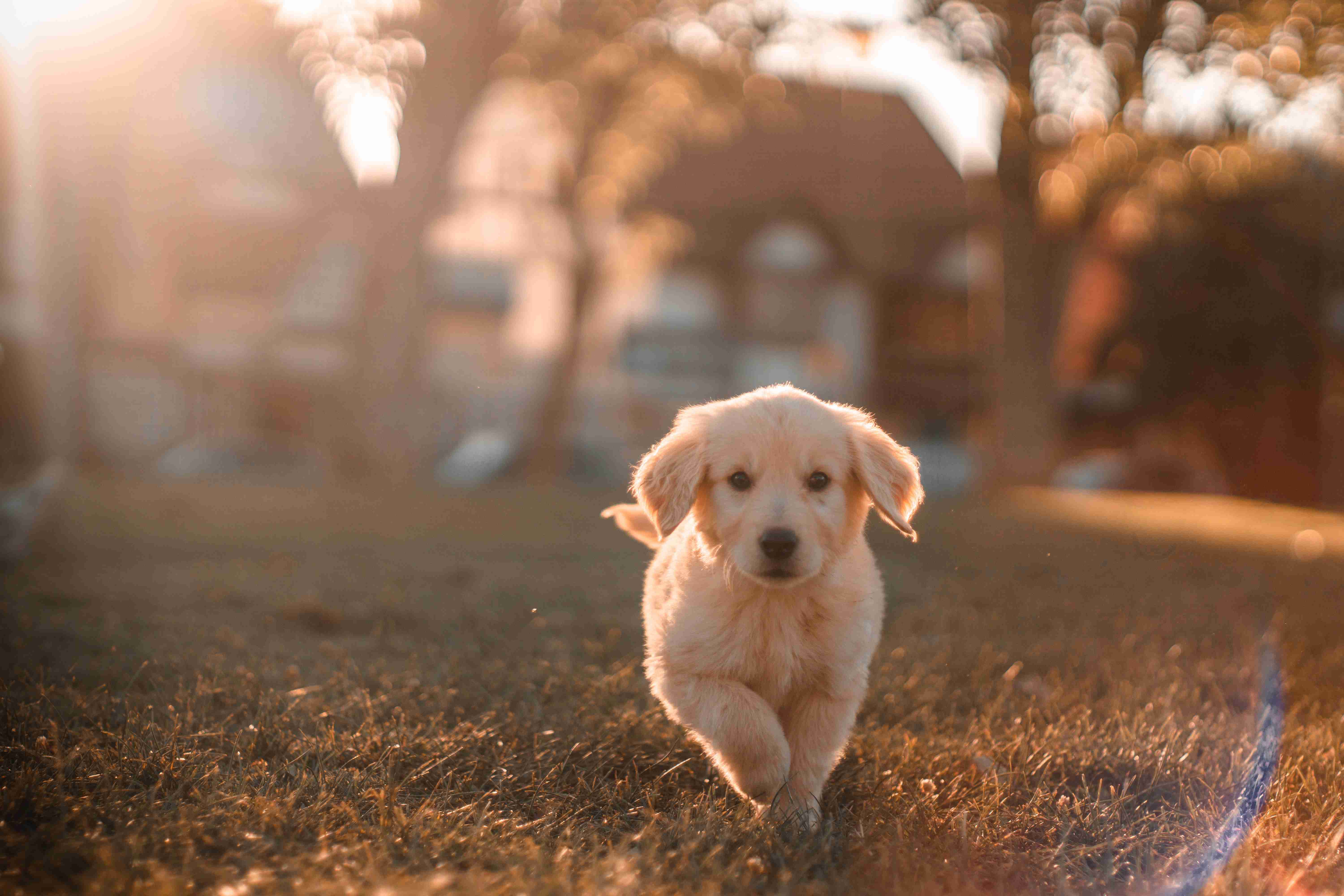Bringing a new Alaskan Malamute puppy into your home can be an exciting experience, but it also comes with a lot of responsibility. One of the most important things you’ll need to do as a new puppy owner is to crate train your furry friend. Crate training is an effective way to teach your puppy good behavior, keep them safe, and provide them with a sense of security. However, crate training an Alaskan Malamute puppy can be quite challenging, given their stubborn and independent nature. But don’t worry, we’ve got you covered! In this ultimate guide, we’ll show you the best way to crate train your Alaskan Malamute puppy and set them up for success.
Crate training is an essential part of owning a dog, especially if you have a new puppy. It can be a challenging process, but with patience and consistency, you can successfully crate train your Alaskan Malamute puppy. In this ultimate guide, we will go over everything you need to know about crate training your Alaskan Malamute puppy.
Why Crate Train?
Crate training has many benefits for both you and your puppy. For one, it helps with potty training. Dogs are naturally den animals, and they are unlikely to soil their sleeping area. By crate training your puppy, you will teach them to hold their bladder and bowels until you take them outside.
Crate training also provides your puppy with a safe and comfortable space of their own. It can help reduce anxiety and prevent destructive behavior when you are not home. Additionally, crate training is a helpful tool for traveling with your dog, whether it’s a short car ride or a long flight.
Choosing the Right Crate
The first step to crate training your Alaskan Malamute puppy is to choose the right crate. The crate should be large enough for your puppy to stand up, turn around, and lie down comfortably. However, it should not be too big, as this can encourage your puppy to use one side as a bathroom and the other side as a sleeping area.
It’s also important to consider the materials and construction of the crate. Wire crates are popular because they are durable and provide good ventilation. However, they can be noisy and not as cozy as plastic crates. Plastic crates are quieter and more enclosed, providing a cozier environment for your puppy.
Introducing the Crate
Once you have chosen the right crate, it’s time to introduce it to your puppy. Place the crate in an area of your home where your puppy spends a lot of time, such as the living room. Leave the door open and put a soft blanket or bed inside.
.jpg)
Encourage your puppy to investigate the crate by placing treats and toys inside. You can also feed your puppy inside the crate to create positive associations. As your puppy becomes more comfortable with the crate, gradually start closing the door for short periods of time.
Potty Training
As mentioned earlier, crate training can help with potty training. However, it’s important to establish a routine and take your puppy outside frequently. Take your puppy outside immediately after they wake up, after they eat, and after playtime. Praise and reward your puppy when they go potty outside.
If your puppy has an accident inside the crate, don’t punish them. Clean up the mess and try to take them outside more frequently. It’s important to be patient and consistent with potty training.
Using the Crate
Once your puppy is comfortable with the crate and potty trained, you can start using it for longer periods of time. Start with short periods, such as 30 minutes, and gradually increase the time. Never leave your puppy in the crate for longer than four hours at a time, as this can be detrimental to their health and well-being.
It’s important to provide your puppy with plenty of exercise and mental stimulation outside of the crate. A tired puppy is less likely to become anxious or destructive. Additionally, don’t use the crate as a punishment. The crate should be a positive and safe space for your puppy.
Conclusion
Crate training an Alaskan Malamute puppy can be a challenging process, but it’s worth it in the end. By crate training your puppy, you will provide them with a safe and comfortable space of their own, help with potty training, and prevent destructive behavior. Remember to choose the right crate, introduce it gradually, establish a routine for potty training, and use the crate responsibly. With patience and consistency, your Alaskan Malamute puppy will become a crate training pro in no time.
Crate training your Alaskan Malamute puppy may seem like a daunting task, but it’s worth the effort. By following the tips and guidelines outlined in this ultimate guide, you can help your puppy feel safe and secure in their crate, and create a positive association with it. Remember to always stay patient, consistent, and positive, and don’t forget to reward your puppy for their progress. By doing so, you’ll not only help them become a well-behaved and obedient companion, but you’ll also strengthen your bond with them. So, go ahead and start crate training your Alaskan Malamute puppy today, and watch them thrive!


.jpg)
.jpg)
.jpg)


.jpg)
%20-%20Copy.jpg)